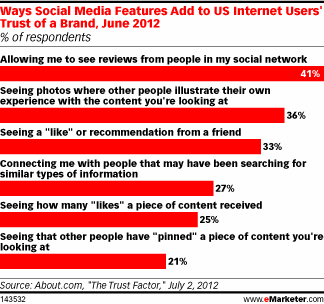With the new year comes the time to clean up our desks, desktops, files… and start the year on the right foot.
In the digital era and the social media era, we need to add a few tasks to start the year on the right foot. It’s time to take another look at our social media profiles, clean them up, bring them up to date, optimize them and get them ready to work harder for us.
Let’s start with LinkedIn. With an exponential user growth, I see the same mistakes over and over again, let’s start with some basic mistakes I see over and over again:

1-Professional headline:
Your professional headline is your brand, it appears next or under your name everywhere your name appears, in searches, groups… With your name, it’s the first thing users read when they come across your name, make it count. Your professional headline will determine if someone will merely glance at your name or want to click on it and read your profile. It’s who you are, what you want to be.
By default, LinkedIn will put in your last job title, is that who you are, what you want to be? Will that entice potential business partners or employers to take a closer look at your profile?
Take as much time as you need, craft a headline people will remember and entice them to want to know more about you, tell them how you can help them
2-Profile picture:
Social media is a very public space. Chances are, if you are on LinkedIn, you want to be seen and found, you want to network.
Would you go to a networking event with a mask on your face? Probably not, then why are you doing it on LinkedIn?
Posting a professional photograph has a number of advantages.
- Potential contacts do not like incomplete profiles, incomplete profiles send a message that you have something to hide
- A photo helps potential contact remember you
- A photo helps identify you are who you say you are
- A photo builds trust
3-Public profile
Your “Public profile” is actually a misnomer, it’s your public URL. Think of LinkedIn as a personal website. Each website comes with a URL (Unique resource Locator), a unique address that identify them and allows users to find them on the web.
Your “Public profile” as LinkedIn calls it is your personal URL, the address to your personal profile, a link you can add to your resume, marketing material, business card.
Just as any website address, your URL should be short and memorable.
Why short? The shorter and the easier to remember, the less contacts and potential contacts will make mistakes (typos) when they search for you and the more likely they are to find your profile. A short URL is easy to remember, it’s easy to add to your marketing material
By default, a LinkedIn public profile link looks like this: http://www.linkedin.com/pub/first-lastname/24/9a5/766 Try to remember that one, spell it to a potential contact and have that contact type it without mistake.
LinkedIn allows you to chose a custom (also called vanity) URL, the URL looks like this: http://www.LinkedIn.com/in/yourname*.
Which one would you rather spell, print or type?
4-Websites
By default, LinkedIn adds “My website”, “My Blog” “Other” as the links to your websites or internet properties. LinkedIn also offers ways to customize the links. Use that opportunity to rename them, use your website name, your blog name. LinkedIn profiles are extremely well optimized for search engines, if you search your name, chances are, your LinkedIn profile will come at the top of the search.
As a bonus, renaming the links with the name of your website or blog will give them a lift in searches (SEO effect)

